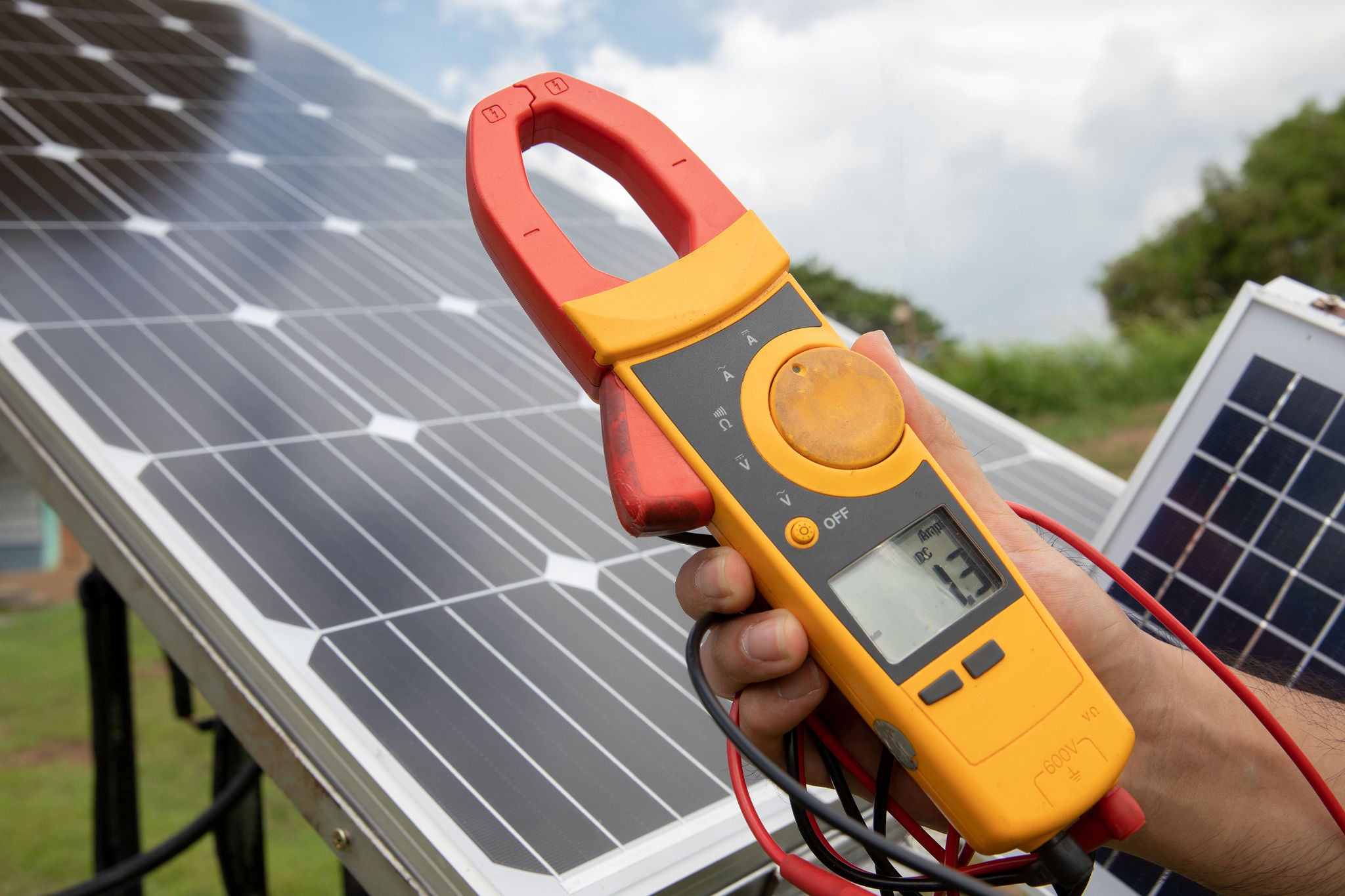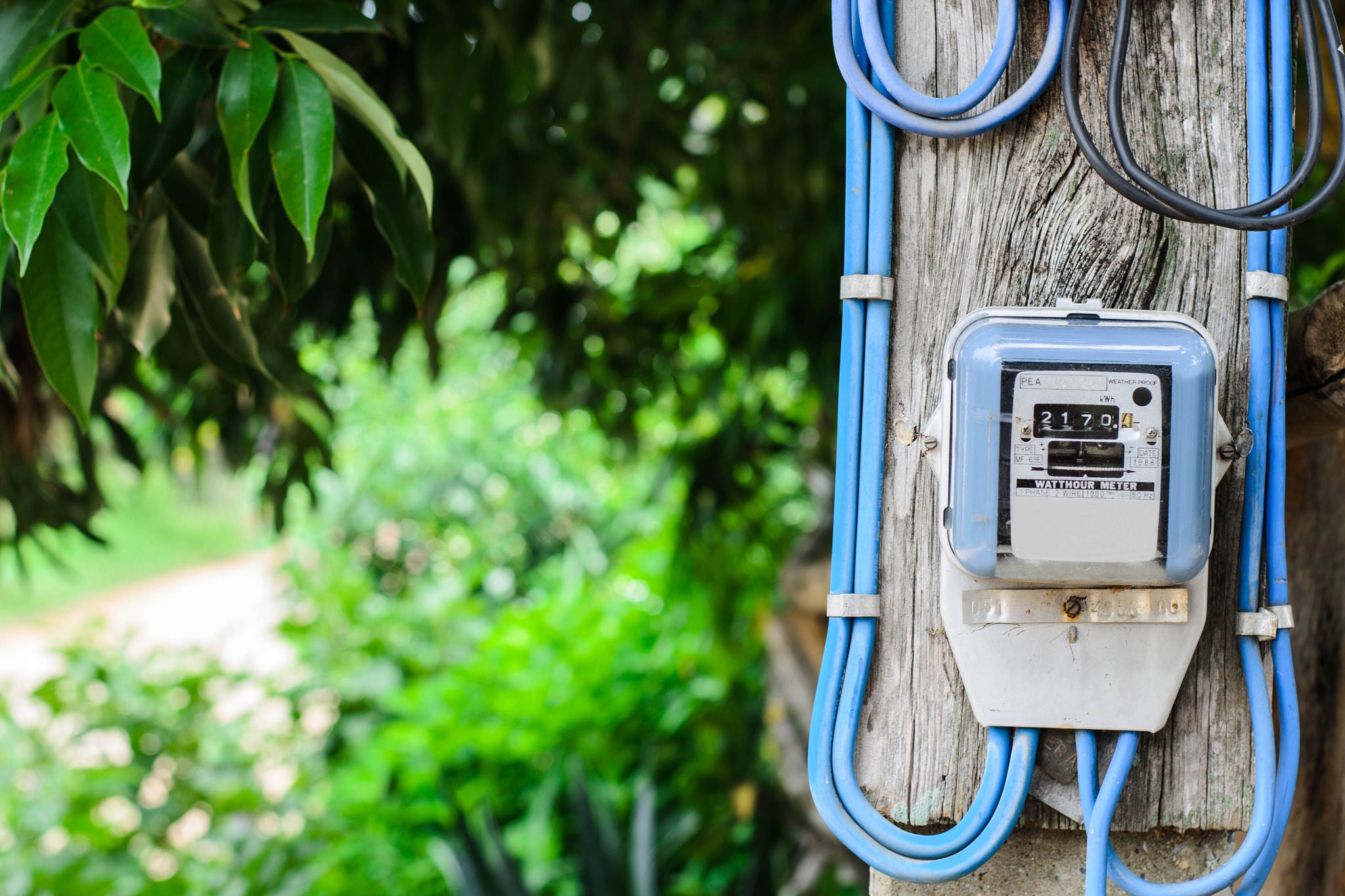EY refers to the global organization, and may refer to one or more, of the member firms of Ernst & Young Global Limited, each of which is a separate legal entity. Ernst & Young Global Limited, a UK company limited by guarantee, does not provide services to clients.
Quality data is needed for all day-to-day operations for power and utilities companies, for compliance, grid reliability, financial reporting and to improve customer experience. Companies depend on data to keep lights on and homes warm during a storm, plan for peak energy demands despite volatile weather, get ahead of maintenance and mitigate damage by more quickly knowing the impact of natural disasters.
More than just a tool to avoid trouble, data can be an asset that strengthens the future of the organization. Business users need the latest data to innovate and build an agile data marketplace. With access to accurate data systems, users can develop self-service analytics capabilities to explore new ways to address operational and energy supply challenges.
- Data can be used to identify short- and long-term trends and to plan for alternate scenarios, which enables companies to become more adaptable.
- Artificial intelligence (AI), machine learning and predictive analytics can monitor data to detect unusual patterns and diagnose long-term risks.
- Data can be used for predictive maintenance and improve safety of workers on-site.
- Employee productivity improves as data is integrated across systems, and employees spend less time reconciling reports.
A recent EY survey conducted across a segment of the electricity industry shows that power and utility executives see the value in data as an asset, but many companies are at the nascent stages of establishing a modern data plan. None of the respondents has a chief data officer, and less than one-third have a formal data strategy that serves both IT and business needs.







